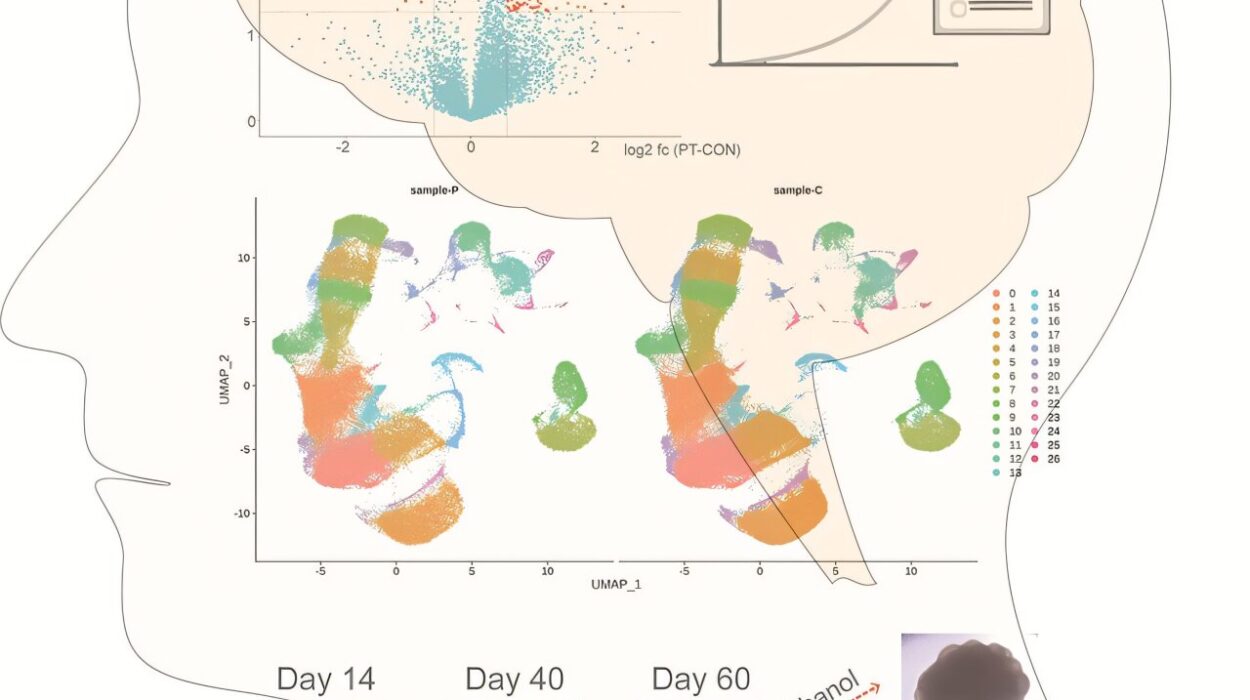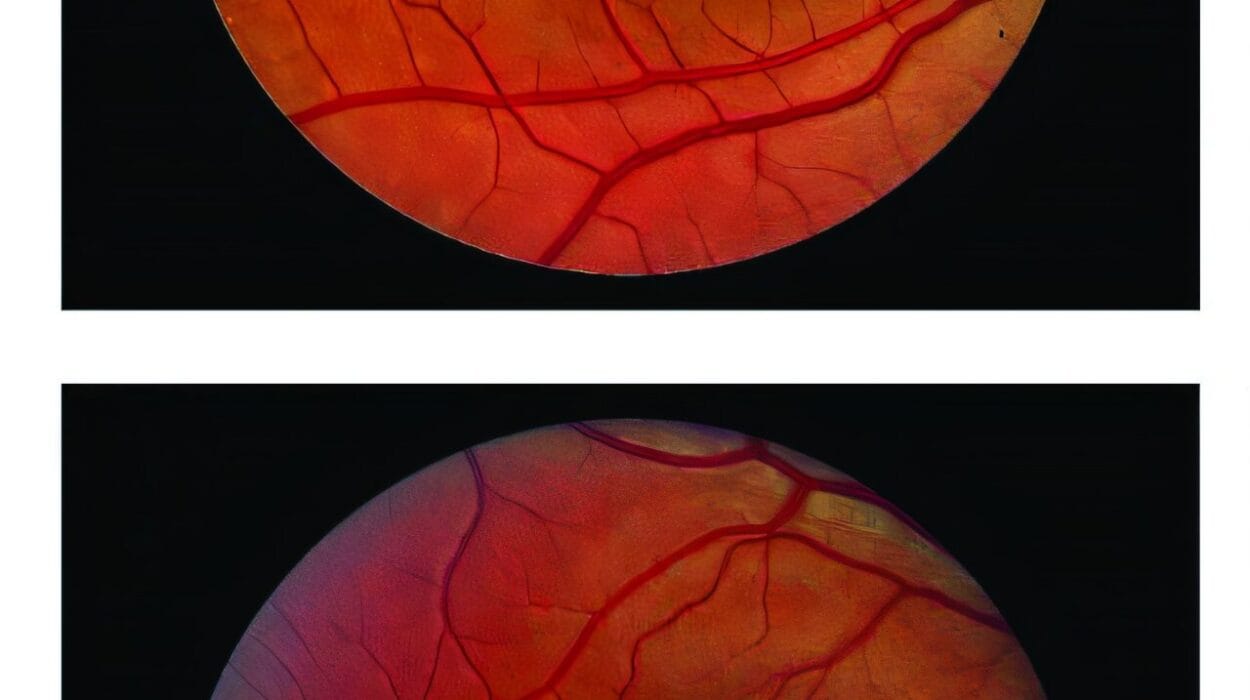You’ve been putting in the work. You’ve counted the calories, hit the gym, maybe even waved goodbye to that second helping of dessert. The scale was moving in the right direction, clothes were fitting better, and you could almost hear the applause from your body as it shed those stubborn pounds. But then, suddenly… nothing. The number on the scale refuses to budge. A week passes. Then two. You double-check your efforts—still stuck. Welcome to the notorious, maddening world of the weight loss plateau.
A weight loss plateau is the metabolic version of quicksand: the more you struggle against it without a plan, the deeper your frustration sinks. But the good news? It’s not a dead end—it’s a detour. With the right understanding and a few strategic shifts, you can outsmart this biological impasse and reignite your progress.
So buckle up. We’re about to go deep into why your body seems to be resisting change, how to crack the plateau code, and what long-term strategies can help you finally reach your goal weight—and stay there.
Why Do Weight Loss Plateaus Happen?
To understand how to beat a plateau, we need to understand why it exists in the first place. At its core, weight loss is about creating an energy imbalance: you consume fewer calories than you burn. But the human body, evolved to survive famine and unpredictability, is a master of adaptation.
When you first start losing weight, your body’s initial response is to cooperate. Fat is mobilized for energy, and you see those early wins. However, as the pounds drop, your body begins to fight back.
Several things contribute to this slowdown:
Your metabolism adjusts downward. As you lose weight, you become a smaller person. A smaller body requires fewer calories to function. What once was a deficit is now maintenance.
Your hormones shift. Leptin (which signals fullness) decreases, while ghrelin (which stimulates hunger) increases. This hormonal seesaw nudges you to eat more, even if you’re unaware of it.
You lose lean mass. Dieting and weight loss can reduce muscle mass, especially if your protein intake or strength training isn’t up to par. Less muscle equals a slower metabolism.
Your workouts become more efficient. The more often you perform a specific exercise, the less energy your body uses to do it. It’s great for performance—not so much for burning calories.
Psychological fatigue sets in. Staying on track takes discipline. Over time, the excitement fades and “little indulgences” creep back in, sabotaging your calorie deficit without you noticing.
These physiological and psychological factors conspire to halt your progress. But instead of accepting defeat, let’s explore how to outmaneuver this temporary roadblock.
Step One: Reassess What You’re Actually Eating
After weeks or months of focused eating, it’s easy to get comfortable—or careless. A splash of cream here, an extra spoonful of rice there, and suddenly your deficit vanishes. Portion distortion is real, especially with “healthy” foods that are still calorie-dense.
If you hit a plateau, your first step should be to go back to the basics of tracking.
Keep a food journal. Write down everything you eat for at least a week, including snacks, drinks, sauces, and nibbles. You may be surprised at what sneaks in.
Use a scale. Eyeballing a portion of chicken or oats can be off by 50–100 calories. Multiply that by three meals a day and you’ve got a silent plateau partner.
Beware of liquid calories. Lattes, juices, smoothies, and even “zero-calorie” drinks can interfere with weight loss. Some artificial sweeteners can also stimulate appetite or insulin response.
Check your alcohol intake. A glass of wine or a few beers can pack in hundreds of empty calories, impair sleep, and lower your dietary discipline.
This isn’t about becoming obsessive—it’s about becoming precise. A few weeks of focused recalibration can be enough to reboot your results.
Step Two: Change Up Your Exercise Strategy
Exercise plays a vital role in preserving muscle, burning calories, and regulating hormones. But doing the same routine week after week? Your body gets smarter—and lazier.
If you’ve hit a plateau, it may be time to mix up your movement.
Add resistance training. If you haven’t been lifting weights, now’s the time. Resistance training builds muscle, which boosts your resting metabolism. You don’t have to become a bodybuilder—a few full-body strength sessions per week are enough.
Incorporate high-intensity intervals. HIIT workouts alternate between short bursts of intense activity and recovery periods. They spike your heart rate, torch calories, and keep your metabolism elevated for hours post-exercise.
Increase NEAT. Non-Exercise Activity Thermogenesis includes all the calories you burn outside the gym: walking, fidgeting, standing, doing chores. Increasing your daily steps or taking the stairs more often can add up in a big way.
Stretch and sleep. Recovery matters. Poor flexibility and tight muscles can limit your workout quality. Lack of sleep disrupts hunger hormones and makes weight loss harder. Prioritize eight hours of quality sleep and keep your cortisol levels in check.
Your body thrives on adaptation. So challenge it. Surprise it. Push it. Just don’t let it get bored.
Step Three: Eat More—Yes, Really
One of the most counterintuitive (and anxiety-inducing) ways to break a plateau is to temporarily increase your calorie intake. Here’s why it works.
When you diet for too long, your metabolism slows down in a process called adaptive thermogenesis. Your body becomes more efficient with less fuel. Over time, your hormones go haywire, your energy drops, and your weight loss grinds to a halt.
Enter the concept of a “refeed” or “reverse diet.”
A refeed is a short-term boost in carbs and calories—usually for a day or two—to replenish glycogen, raise leptin, and restore metabolic momentum.
A reverse diet is a gradual increase in daily calories over several weeks to rebuild your metabolism without regaining fat.
Both strategies work best when done mindfully. You can’t binge on pizza and call it a refeed. The goal is to eat slightly above maintenance (usually +10–20% of your calories), focus on whole foods, and support muscle growth and hormone health.
And guess what? Eating more—when done correctly—can reignite fat loss. It tells your body: “We’re not starving. It’s safe to burn again.”
Step Four: Reexamine Your Mindset
Plateaus are not just physical; they’re psychological battlegrounds. They test your patience, your perseverance, and your relationship with progress. This is where many people give up, fall back into old habits, and undo months of hard work.
But here’s a powerful truth: a plateau is not failure. It’s feedback.
Instead of fixating on the scale, shift your focus:
Are your clothes fitting better?
Are your energy levels improving?
Is your strength increasing?
Has your relationship with food changed?
The scale doesn’t tell the full story. You may be losing fat while gaining muscle, which keeps your weight stable but transforms your body composition.
Also, celebrate consistency. Maintaining a lower weight, even during a plateau, is still a massive victory. It means your new habits are working. Sometimes holding your ground is just as important as moving forward.
Practice self-compassion. Weight loss isn’t linear. It’s a series of zigzags. Instead of spiraling into guilt or frustration, treat yourself like you would a friend: with empathy, honesty, and encouragement.
Step Five: Address Hidden Saboteurs
Beyond food and exercise, there are silent culprits that can stall your weight loss without you realizing it. Stress, sleep, hormones, and even medications can interfere with your body’s ability to burn fat.
Chronic stress increases cortisol, a hormone that promotes fat storage—especially in the belly. It also makes you crave sugary, high-calorie foods and disrupts your sleep.
Poor sleep messes with ghrelin and leptin, increasing hunger and decreasing satiety. A tired brain also makes poorer decisions, increasing the likelihood of overeating.
Hormonal imbalances—such as thyroid dysfunction, insulin resistance, or polycystic ovarian syndrome (PCOS)—can make weight loss more difficult. If you suspect something deeper is going on, don’t hesitate to consult a healthcare provider.
Some medications—like antidepressants, antipsychotics, and steroids—can also cause weight gain or make it harder to lose fat. Never stop or adjust medication without talking to your doctor, but awareness can help you adjust your strategy.
Sometimes, the most powerful fix isn’t in the gym or on your plate—it’s in your calendar, your cortisol, or your circadian rhythm.
Step Six: Redefine Your Goal and Adjust Expectations
Let’s talk honestly for a moment. Sometimes, what we call a “plateau” is actually our body reaching its natural healthy weight range. That doesn’t mean you can’t go further—but the leaner you get, the harder your body fights back.
Fat loss becomes slower, more nuanced, and often less dramatic the closer you get to your goal. That last 5–10 pounds? They’re often the hardest, and they may require sacrifices you’re not willing to make long-term.
So ask yourself:
Why do I want to lose more?
Is this about health or aesthetics?
Am I chasing a number or a feeling?
You might realize your goals need tweaking—not because you’re giving up, but because you’re growing wiser. Health is about balance, not obsession. A sustainable, enjoyable lifestyle beats a short-lived six-pack any day.
Final Thoughts: The Power of Persistence
Weight loss plateaus are not the end of the road—they’re speed bumps, meant to slow you down, reflect, and recalibrate. They force you to look beyond the scale, to assess your habits, and to reconnect with your “why.”
Breaking through a plateau requires strategy, but more importantly, it requires patience. Bodies are complex. Change takes time. Progress ebbs and flows. But if you stay curious, flexible, and committed, the results will come.
Remember: You’re not stuck. You’re in transition. And with the right mindset and method, you’ll break through—and come out stronger on the other side.






